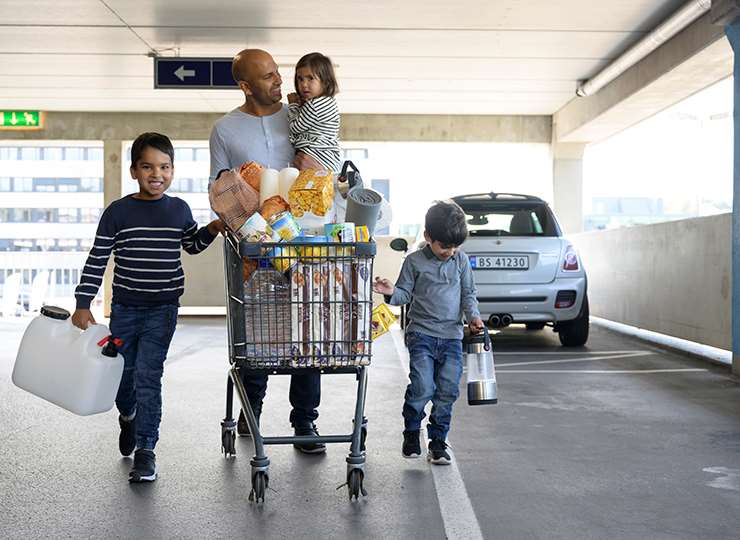
Medicines and first aid equipment you should keep at home
In a crisis, it can be difficult to get through on the medicines emergency number 113, or the emergency medical clinic on 116 117. Therefore it is important to have knowledge of basic first aid and to have first aid equipment in your home
Advice regarding medicines and first aid
- Learn about basic first aid if you have the opportunity.
- Keep first aid equipment in your home. If you have a car, you should also keep first aid equipment in your vehicle.
- Keep at least seven days of extra supplies of medicines and medical equipment that you require regularly. Establish a routine and buy in new supplies at the latest one week before they run out.
- Keep iodine tablets at home (this applies to children and adults aged under 40, pregnant and breastfeeding women). The tablets provide protection against radioactive iodine in the event of nuclear accidents and must only be taken after instructions from the authorities.
Basic first aid
Everyone who has the opportunity should learn basic first aid. There are a range of courses and training sessions available, both for those who are completely inexperienced and others who require refresher courses. Some may also have first-aid training provided by their employer.
Learning basic first aid will mean that you will be able to:
- Ensure a free airway
- Stop external bleeding and keep the injured person warm
- Evaluate breathing
- Evaluate whether a person is conscious
- Perform cardiopulmonary resuscitation
- Use a defibrillator
First aid equipment
Below is a list of the types of first aid equipment that health authorities recommend you should keep at home:
- Disposable gloves
- Saline solution for cleaning wounds and flushing eyes
- Wound cleanser and ointment
- Sterile pads for cleaning wounds
- Plasters, compresses, bandages and medical tape
- Burn gel
- Sterile bandages and compresses to place on wounds (individual packs)
- Tweezers and scissors
- Thermometer and thermometer protector
- Mouth-to-mouth mask or shield
- Personal protection such as facemask, alcohol-based hand cleanser and disinfectant
- Prescription-free medication such as anti-febrile/pain relief (paracetamol) and allergy medication
Advice regarding medicines and first aid is provided by the Norwegian Medical Products Agency and the Norwegian Directorate of Health.

